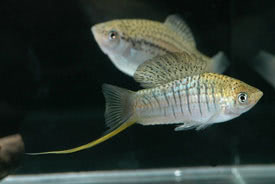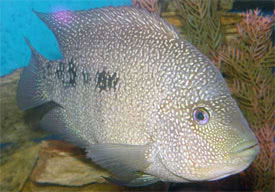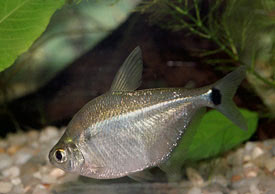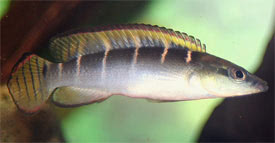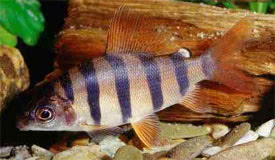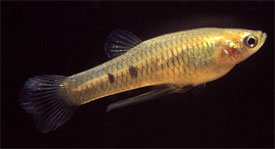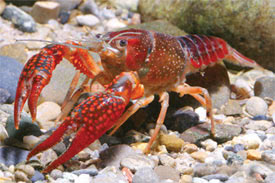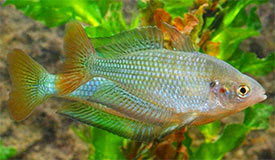
 Magyarul / Hungarian
Magyarul / Hungarian
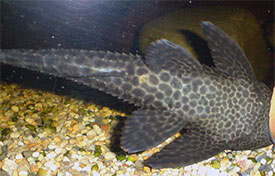
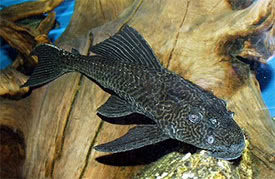
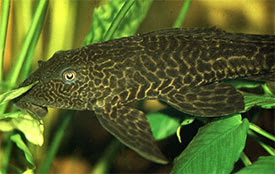

- Scientific name: Pterygoplichthys pardalis
- Synonyms: Hypostomus pardalis, Liposarcus pardalis, Liposarcus varius, Liposarcus jeanesianus, L-021 catfish, L-023 catfish, Common Pleco, Albino Pleco
- Common name: Amazon sailfin catfish
- Group: Catfishes
- Habitat: South America; Brazil, Peru; in the Amazon River basin.
- Size: 35-40 cm
- Biotope: From relatively cool, fast-flowing and oxygen-rich highland streams to slow-flowing, warm lowland rivers and stagnant pools poor in oxygen.
- Social behavior: A generally peaceful catfish, but it can be territorial with its own kind, especially in smaller tanks. Can be kept in a community tank with most of the fish.
- Diet: Omnivorous; mainly feeds on algae in nature. It needs mostly vegetable fare in the aquarium, but will also take live, frozen and dried foods. A good algae eater, especially when young.
- Breeding: It is not possible in aquarium.
- Tank: Minimum 350 litres
- Population: 1 fish for 350 litres
- Decoration: It should be kept only in large tanks with plenty of hiding places of rocks and driftwood. Larger fish will unwittingly uproot plants.
- Temperature: 21-26 °C
- pH: 6-7.5
- Hardness: 10-20 NK°
- Lifespan: 10-15 years
Description: Pterygoplichthys pardalis has a dark body coloration with a lighter reticulated pattern of dots and lines, which are often forming chevrons on posterior half of body. Pterygoplichthys pardalis is very similar to Pterygoplichthys disjunctivus and it is easy to confuse the two catfish. The pattern on the abdomen is the most useful external key: Pterygoplichthys pardalis has a spotted pattern, where Pterygoplichthys disjunctivus has a vermiculated pattern. Pterygoplichthys can be identified by the number of rays in the sail-like dorsal fin. 12-14 (rarely 11) soft rays indicates that it's a Pterygoplichthys. Most other plecos have 8 or fewer rays (in particular the larger Hypostomus species that are most likely to be confused with Pterygoplichthys). They have the ability to breathe air from the surface of the water during dry periods and those in which dissolved oxygen is too low. As an aquarium fish they are hardy and suited for beginners, as long as they have large enough aquarium. There is also an albino color variation of this species that is frequently imported from Asia.
It is hard to tell the differences between sexes, but comparison of the genital papilla in mature fish will show the differences. In males this is a small yet thick stump which noticeably protrudes from the fish's underside, while in females it is less obvious and is recessed or lies flat with the body. Some sources have suggested that large males have thickened pectoral fins. There are no reports of its successful aquarium bredding. In nature male will usually dig 120-150 cm long burrows into soft clay or mud river banks, where the female will deposit the eggs. The male guards the eggs until they hatch. Females may lay between 500-3,000 eggs per female depending on their size. Their reproductive season peaks in the summer and usually lasts several months. As they are bred in huge numbers by commercial fish farms in both the U.S. and Far East, the Amazon sailfin catfish is the most commonly available loricariid in pet stores.








